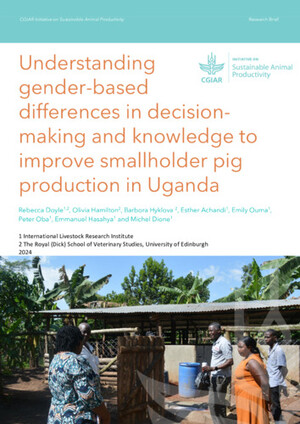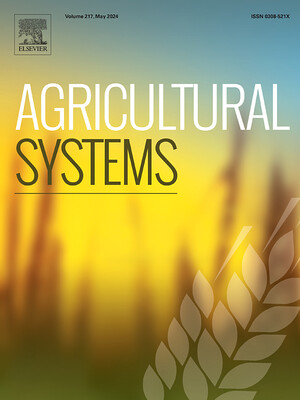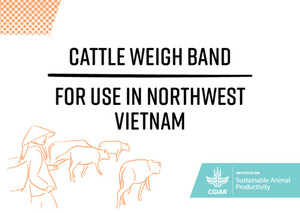
Village chicken constraints and traditional management practices in Jamma District, South Wollo, Ethiopia
Abstract
This study was conducted in four Peasant Associations in Jamma district. A total of 120 households from four PAs were involved in the study. Ninety eight percent of farmers were supplementing extra feeds and water for their chickens, with the main proportion of food leftover (26.4%) followed by spoiled grain (25.1%). The proportions of households providing supplementary feeding were: 19.8, 21.5, 37.3 and 21.4% in the morning, at noon, afternoon and evening respectively. Most of the households (77.7%) were not giving feeds separately to the flock compositions. Households were practicing of chicken selection with the main characters of egg productivity (35.4) and body weight (38.4%). Majority of households (78%) were using their living room for birds penning at night and women were more (72%) responsible for flock management. The larger eggs with oval shape and smooth in eggshell were the preferred characters in selection of incubating eggs. Farmers (38%) adapted a practice of mixing local eggs with exotic or crossbred eggs while incubating for better hatchability of exotic or crossbred eggs. Around 73% the respondents reported that the highest mortality of chicks was occurring up to 2 weeks of age. But around 12.6% of the households were treating their sick birds with traditional-treatments. Ninety-one per cent of farmers pointed out that more frequently occurring and devastating disease was Newcastle Disease.
Citation
Mengesha, M., Tamir, B. and Dessie, T. 2011. Village chicken constraints and traditional management practices in Jamma District, South Wollo, Ethiopia. Livestock Research for Rural Development 23(2)










